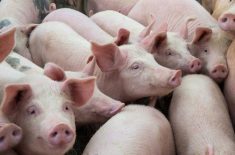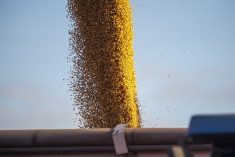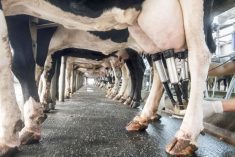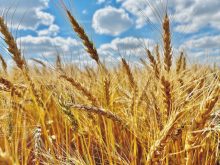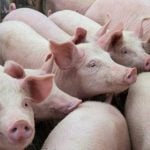Western Canadian feeder cattle prices were steady with week-ago levels while certain classes of replacement cattle were $2-$3 per hundredweight (cwt) lower.
Auction market volumes are increasing and cattle buyers are starting to be more demanding with feedlot margins under pressure. Marginal discounts were noted on cattle with no special features. Caution was further granted as the deferred live cattle futures appear to show vulnerability, despite a price-friendly cattle on feed report.
Barley prices are quite volatile across the Prairies with certain operations paying higher prices in order to entice farmer selling.
Read Also
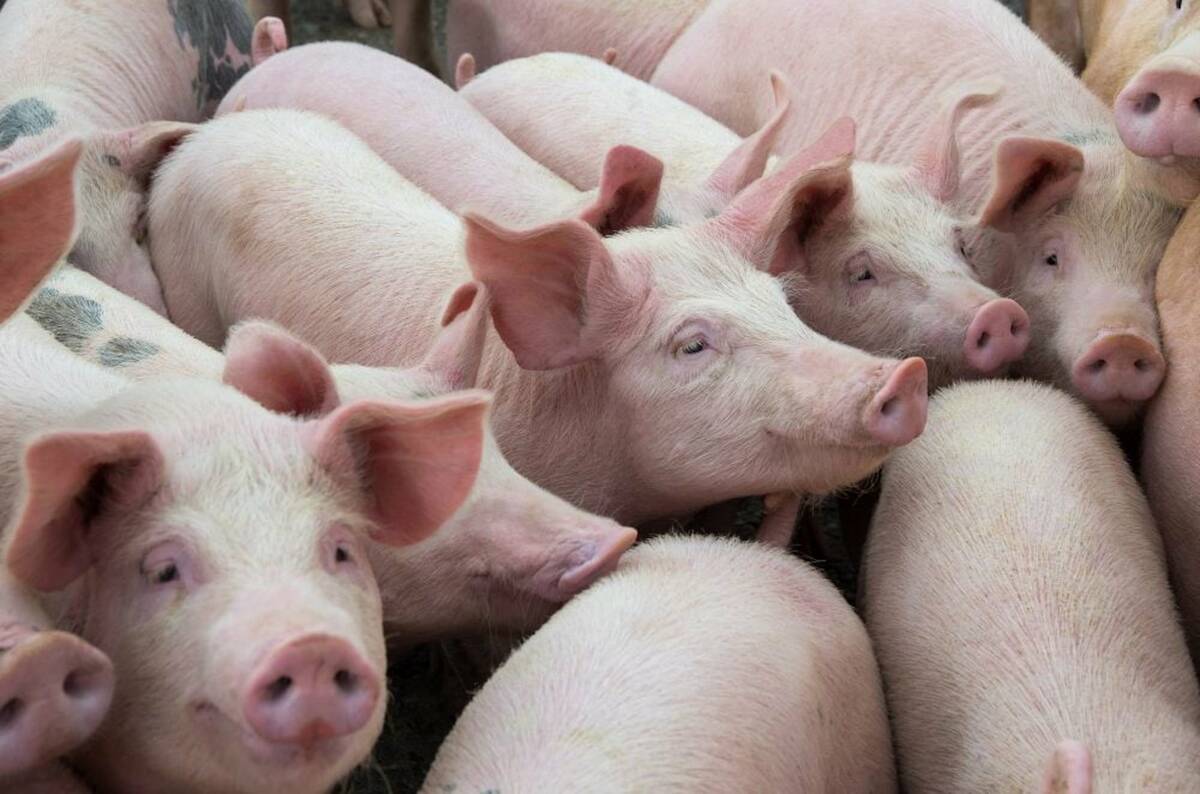
U.S. livestock: Hogs rise ahead of ‘Hogs and Pigs’ report
Chicago cattle futures continued to inch upward on Monday. Hogs also rose in anticipation of Tuesday’s Hogs and Pigs report….
Larger-frame black steers weighing 650 pounds moved at $151/cwt in east-central Alberta; a small group of red Angus steers weighing 825 lbs. sold for $138/cwt at the same sale. Charolais heifers averaging 800 lbs. were quoted at $133/cwt landed in a southern Alberta feedlot. Heavier cattle appeared sluggish as 970-lb. exotic steers sold for $123/cwt in the Edmonton area. Alberta packers were buying fed steers in the range of $109-$111/cwt; heifers were slightly lower from $108-$110/cwt.
U.S. feeder cattle were higher, up $3-$6/cwt at major auction markets in the main feeding states. The U.S. Department of Agriculture reported off-the-grass yearling steers in Missouri weighing 760 lbs. sold for $159/cwt.
Friday’s USDA cattle on feed report was considered bullish longer-term with August’s placements down 11 per cent from last year; Sept. 1 on-feed numbers were very similar to Sept. 1, 2011.
Beef production in the fourth quarter could be very similar to last year while beef supplies could drop sharply from January through April. April 2013 live futures market shrugged off the report closing slightly lower on Monday.
Feeder cattle prices in Western Canada are expected to trade sideways over the next month. Prices continue to be in reach of historical highs, which has tempered buying interest from cattle-feeding investors. The mindset is risk aversion, and with feeding margins struggling, it will be difficult to justify higher prices in the short term.
— Jerry Klassen is a commodity market analyst in Winnipeg and maintains an interest in the family feedlot in southern Alberta. He writes an in-depth biweekly commentary, Canadian Feedlot and Cattle Market Analysis, for feedlot operators in Canada. He can be reached by email at [email protected] for questions or comments.



